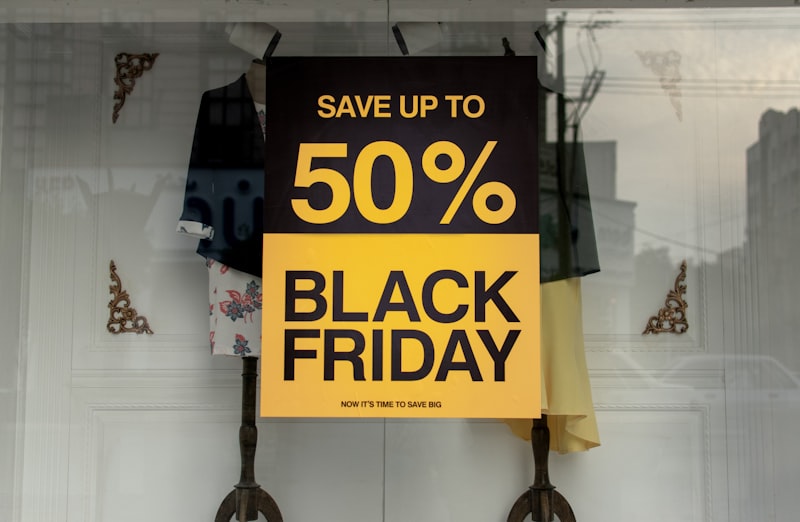"By tapping into the emotional motivators of trust, reliability, and gratitude, you can create a powerful connection with your customers and increase conversion. Remember, it's not just about the product or service itself, but how it makes your customers feel."
Emotional motivators are psychological triggers that can influence a person's behavior and decision-making. They effectively increase conversion because they tap into a person's feelings and emotions, which can be powerful drivers of action. This article will explain what emotional motivators are, how they can be used to increase conversion, and offer some tips and examples to help you apply them in your marketing efforts.

First, let's define what we mean by "emotional motivators." These are psychological triggers that can be used to influence a person's behavior and decision-making. They can be positive or negative, but the most effective ones are typically positive because they appeal to a person's hopes, dreams, and aspirations. Some examples of emotional motivators include:
- Fear of missing out (FOMO)
- Sense of belonging
- Sense of achievement
- Sense of security
- Sense of control
These motivators work by tapping into a person's emotions and using them to drive action. For example, the fear of missing out can be a powerful motivator because it plays on a person's desire to be included and to not miss out on something important or exciting. Similarly, the sense of belonging can be a powerful motivator because it appeals to a person's need to be part of a group or community.
Now that we understand what emotional motivators are and how they work, let's look at how they can increase conversion. The key to effectively using emotional motivators is understanding your audience and what drives them. This means researching and gathering data on your audience's demographics, interests, and behavior. Once you have this information, you can tailor your marketing messages and campaigns to appeal to their emotions and motivators.

Here are some tips and examples to help you apply emotional motivators to increase conversion:
- Use social proof. Social proof is the idea that people are more likely to take action if they see others doing the same. This can be a powerful motivator because it taps into our need to belong and to be part of a group. For example, if you are selling a product, you can use customer reviews and testimonials to show that others have had success with the product and to build trust with potential customers.
- Highlight the benefits of your product or service. One of the most effective ways to use emotional motivators is to focus on the benefits of your product or service rather than the features. This means highlighting how your product or service can improve a person's life or solve a problem they are facing. For example, if you are selling a weight loss program, you could focus on how the program can help people lose weight, feel more confident, and improve their health.
- Create a sense of urgency. Another effective way to use emotional motivators is to create a sense of urgency, and this means making people feel like they need to take action now or risk missing out on something important. For example, you could use limited-time offers, countdown timers, or other tactics to create a sense of urgency and encourage people to take action.
- Tell a story. Stories are a powerful way to engage people and tap into their emotions. You can use stories in your marketing to create an emotional connection with your audience and to motivate them to take action. For example, you could tell a story about a person who used your product or service and had success with it. This can help people see themselves in the story and imagine what it would be like to have the same experience.
- Use visuals. Visuals are a powerful way to grab people's attention and tap into their emotions. You can use images, videos, and other visuals in your marketing to appeal to people's senses and to create an emotional connection. For example, you could use pictures of people using your product or service and showing how it has improved their lives. You could also use videos to show the benefits of your product or service more engagingly and visually.
- Be authentic. Authenticity is critical when using emotional motivators because people can sense when something is genuine or not. This means being transparent and honest in your marketing and not trying to manipulate people's emotions or use their feelings in a manipulative way. For example, if you are using customer reviews and testimonials, make sure they are real and not fake or fabricated.
Emotional motivators can be a powerful tool to increase conversion when used effectively. By understanding your audience and what drives them and using the tips and examples outlined above, you can effectively apply emotional motivators to your marketing efforts and improve your conversion rates.




